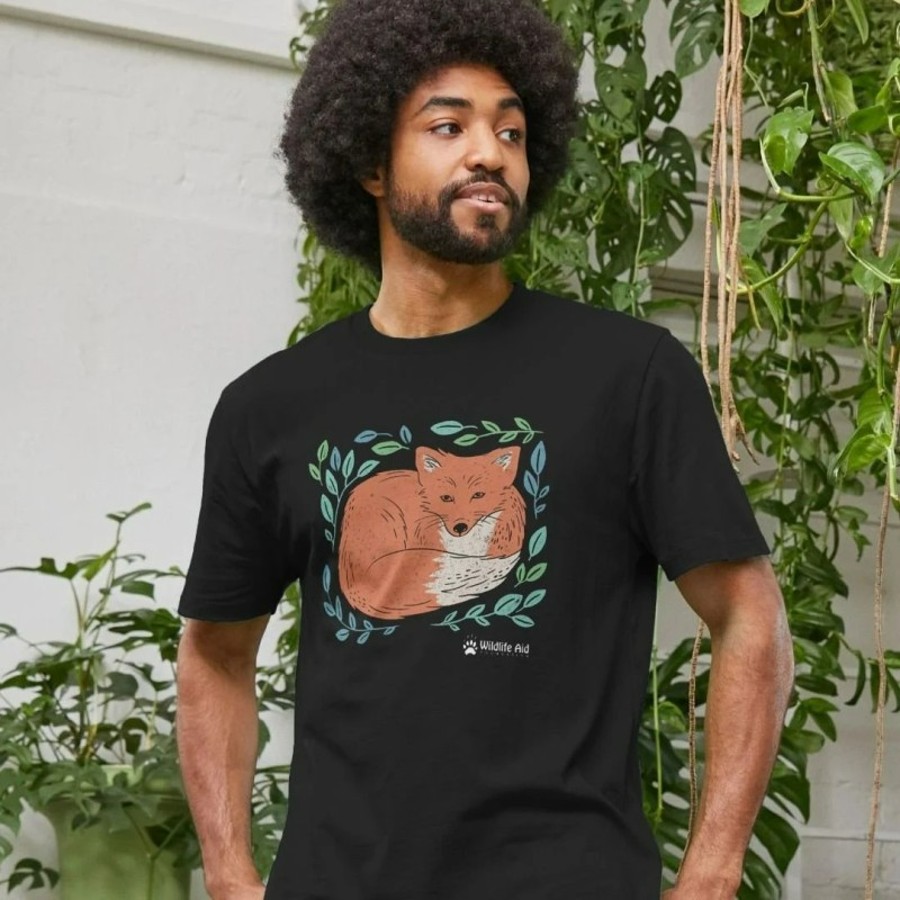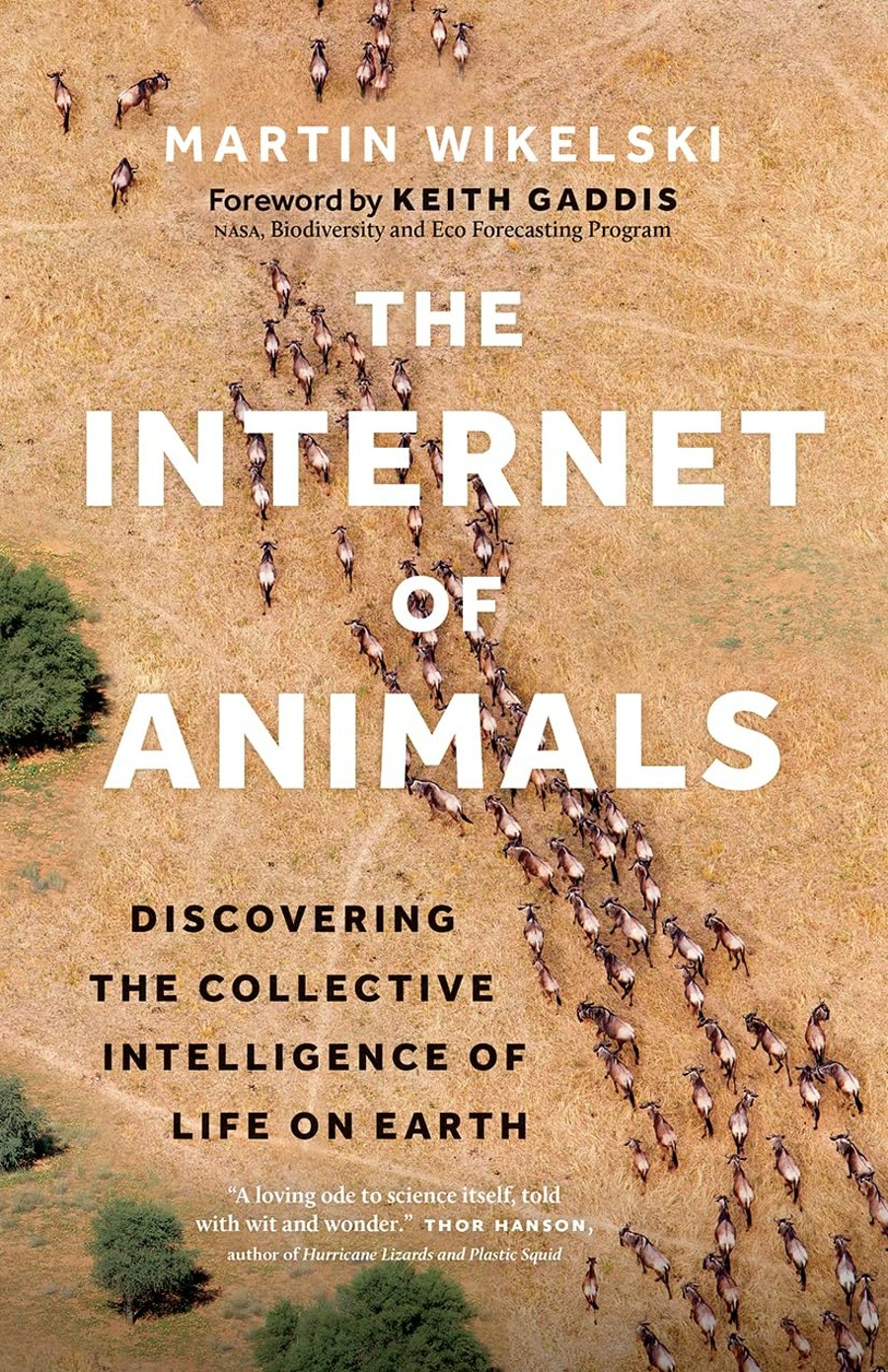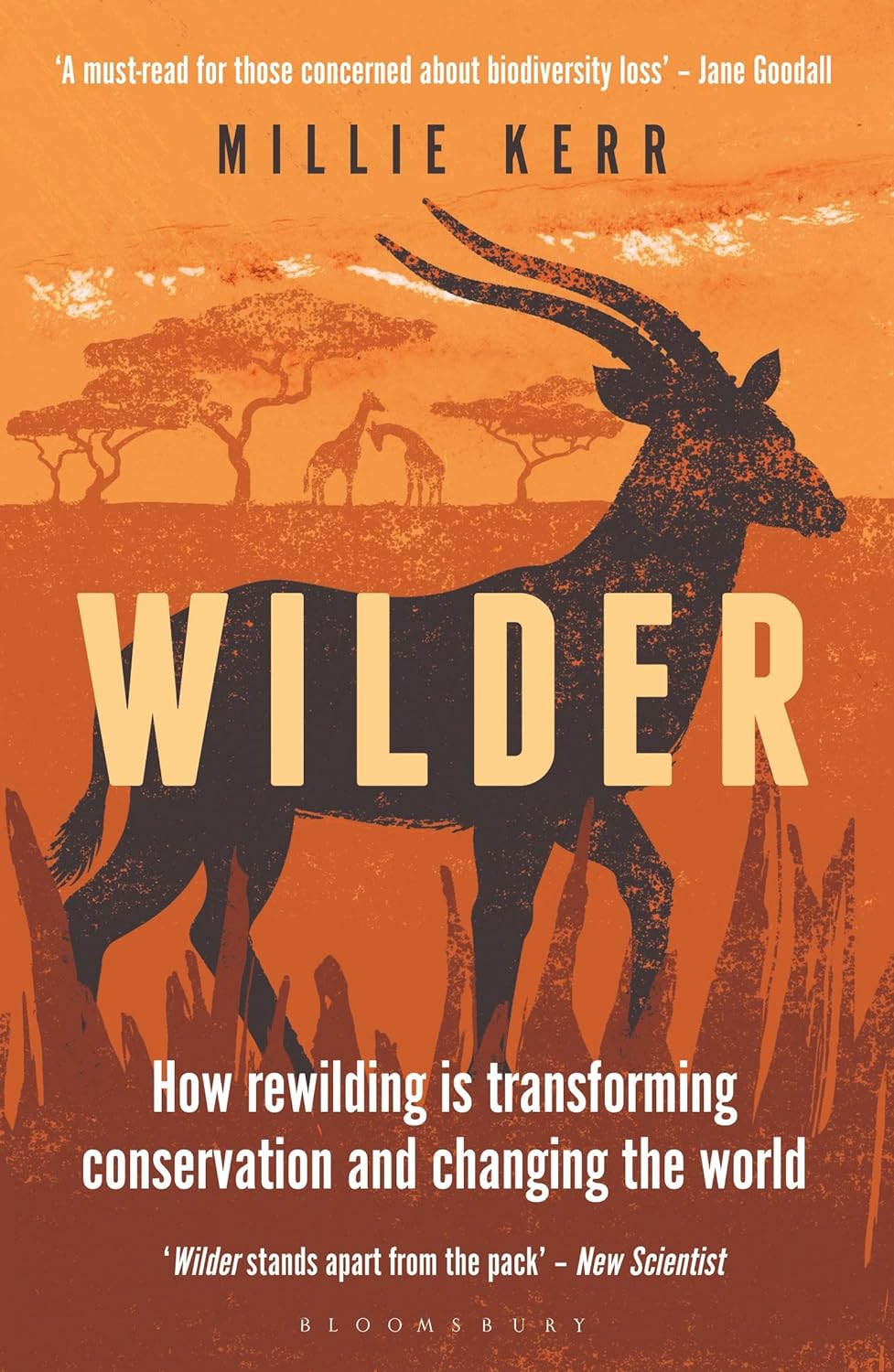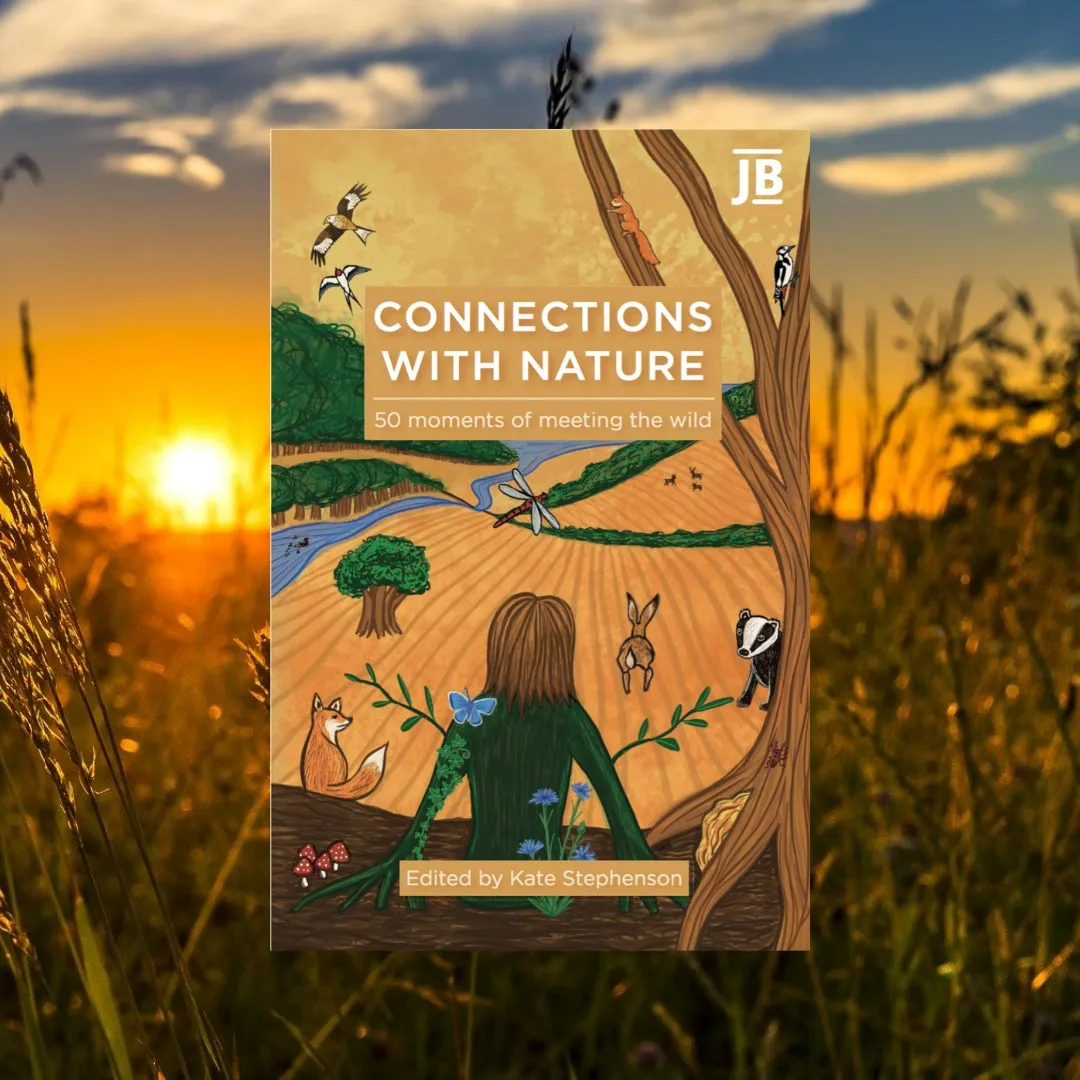
England has a few species of owls. The ones that ‘too-wit too-woo’ at night are tawny owls. We also have barn owls (with heart-shaped faces) with bloodcurdling screams, shy little owls (that sometimes hide in drains), short-eared and long-eared owls (with ‘tufts’) and European eagle owls (possibly escaped from captivity are quite rare). Snowy owls are found in the Scottish Highlands.
Most owls hunt for around 4 small mammals a night (voles and rabbits, but sometimes rodents). Barn owls tend to hunt for field voles, common shrews and wood mice. All species are at risk due to loss of habitat (trees, old barns), road traffic, pollution and rat poison.
Owls can only see straight ahead, but can turn their heads 270 degrees to hunt prey. They have three eyelids (one to blink, one to sleep and to wash the eye). Barn owls fly in silence, due to their feathers breaking turbulence into smaller sound currents, with their long legs and talons catching prey. They have ‘lopsided ears’ so can hear prey from above and below. After eating, they regurgitate the bones!
easy ways we can all help owl friends

- Don’t drop litter, don’t use netting (the holes trap wildlife) and don’t leave buckets of water around. Read more on how to be a wildlife-friendly gardener.
- Send used stamps, foreign coins and notes or scrap your car. Profits help Devon’s Barn Owl Trust (they welcome people who can offer occasional temporary lodging for volunteers and student placements). The Owls Trust (Wales) helps owls, hawks and falcons, and welcomes donations.
- Troughs are common drowning hazards. Barn Owl Trust has instructions to make a homemade float. This wildlife trough includes a valve to prevent freezing (and lets small creatures escape). Two ideas from abroad are stock troughs (these don’t get waterlogged) and FrogLog (a weighted inflating platform from a wildlife biologist, so small creatures can escape from pools).
- Town planners should follow Barn Owl Trust advice, to force low-flying birds (and bats) to fly higher. Plant high hedges of close-spaced trees next to road surfaces on both sides (or plant trees 3-4 metres back from road edge). See photos of roads with planted screens. Don’t place nest boxes within 1km of major roads, have continuous screens on both sides. Report casualties to Barn Owl Survey website and ringed birds to British Trust for Ornithology.
- A good idea is Bird diverters (invented for swans to help swans avoid pylons). Ground-level solar panels don’t appear to be as harmful as tall solar towers (which can incinerate birds). Make wind turbines safer by placing further aparrt, painting one blade (and the towers) black and using bladeless turbines (owls are not as affected by wind turbines, as they fly lower).
how to buy, site & clean nestboxes

Owls sit on pellets (not straw) so nest-boxes are easily waterlogged. Barn Owl Trust shows how to buy, build and site nest boxes, plus info on how to safely clean them, when chicks have fledged. You can’t disturb owls or owlets, unless a licensed wildlife worker.
These barn owl nestboxes are designed alongside Barn Owl Trust. They can stop owlets falling out and help to protect from bad weather. Cleaning is important as otherwise pellets build up, and owlets may climb out too early. Tawny owl nests look like tubes, to mimic how owls nest in tree hollows or barns.
don’t use rat poison
- Rats form part of an owl’s diet. Deter rodents by not leaving out food (nor composting animal foods like meat or fish). Encouraging natural predators (like owls and foxes) are better solutions than using terriers (dogs may ingest rat poison or get intestinal worms or toxoplasmosis). Live traps cause painful deaths if not checked (and leave babies behind).
- To stop rats coming indoors, RatMesh (made from stainless steel) is a tougher version of their version to deter mice. Do not cover air ventss or gas appliances, as they may block with dust, leaves or dirt, and increase risk of carbon dioxide poisoning.
- Gardener Ellen Christine says rats have strong sense of smell, so try planting mint, lavender or rosemary (avoid toxic plants near pets). She also says to avoid mulching (discourages weeds but this like animal compost can attract them). Grow natural food for birds (rather than give too much seed or leftover food). It’s not good anyway to give fatty leftovers, as this can smear on feathers, affecting waterproofing and insulation.
If I am to love owls, then I must learn to live with rats. Alys Fowler
how farmers can help barn owls
- Barn owls like to forage in rough grass, so Barn Owl Trust recommends strips or patches of rough tussocky grassland at least 4 metres wide, with litter layer of dead grass at least 7cm deep. Read how to manage land barn owls.
- Barn owls are protected by law from disturbance during nesting (from when the egg is laid until the last dependent stops returning to the nest – penalties include fines of up to £5000 or 6 months imprisonment per bird, nest or egg). It’s a worthwhile £300 for planners to take their training course (it takes 10 to 15 hours and includes a copy of the Barn Owl Conservation Handbook. Chris Packham says every council should have a copy, so one staff member can become a ‘barn owl agent’ for the public and farmers. Report dead owls, using six-figure grid references to alert others.
prevent owls from nesting in chimneys
Read how to help crows and ravens on stopping all birds nesting and falling down chimneys. Experts recommend chimney cowls and chimney caps which also prevent smoke blowing into homes. Install correctly so oxygen can circulate, and smoke goes to the right place.
It’s illegal to light fires near nesting birds, so sweep chimneys at least yearly, ideally end of summer. The sweep can then tell if there are nests, to avoid lighting fires until you know birds have gone. Signs of nesting are twigs, grass, leaves and feathers falling into the grate. Use gloves if removing bird droppings.
how to help injured/orphaned owls
Tawny owls should be observed, as often parents are nearby (or place safely in a high tree branch). Barn owls on the ground need help, so call your local wildlife rescue (or call Barn Owl Trust or Suffolk Owl Sanctuary for advice). Wear gloves (or use a thick towel) before placing in ventilated boxes (no tassles on towels). Place ‘little owls’ in nests or close by. Grasp gently (feet are more likely to get you than beaks!) Keep in a quiet area at room temperature, until help arrives.
don’t keep owls as pets
Barn Owl Trust does not agree with keeping owls as pets. They are wild birds (and unlike dogs have no loyalty). They may see you as a potential mate, can be aggressive and will happily leave you to the next person providing food, no matter how much you love her or him! This is why falconry owls can get tangled in ‘leather strips’ when they try to fly off.
wise words about wise owls
A wise old owl sat in an oak. The more he saw, the less he spoke. The less he spoke, the more he heard. Why can’t we be like that wise old bird?
Edward Hersey RichardsAnd if anyone knows anything about anything – it’s Owl who knows something about something. Owl is the grand and rather clever old man of the forest. He can also spell Tuesday. A A Milne (Winnie-the-Pooh)
Opportunities are like night owls. They like to streak naked and howl at the moon. A lot of success in life comes down to luck. So, put yourself in a position to get lucky. Because you know what happens if you don’t go out? Nothing. Ari Gold
The barn owl is an ambassador for life on the edge. It is the night owl that also hunts fearlessly by day; the silent flier with a sudden shriek that can shatter glass; the restless sentry of the outside edge of the woods, with one ear attuned to the grassy banks and the other to the first and last tree shadows. Jim Crumley
books to learn more about owls
The Owl: A Biography is by nature writer Stephen Moss. Learn about these mysterious birds with their haunting calls including Scotland’s snowy owls. Discover their lives from hatching to hunting to raising the next generation, with beautiful illustrations throughout.
The Book of the Barn Owl is by Yorkshire writer Sally Coulthard. Full of information and conservation tips about this elusive bird, it tells the story of a barn owl’s early life – from first pip of the shell to leaving the nest.
Owls: Our Most Enchanting Bird is one of Matt Sewell’s popular pop-art birding books, always fun and educational. From tiny Elf owls to huge eagle owls and impossibly fluffy baby owls, find 50 hand-painted owls to learn more.






